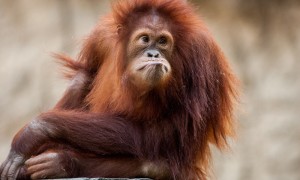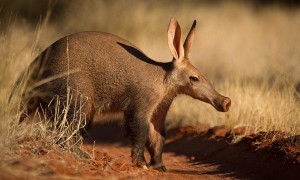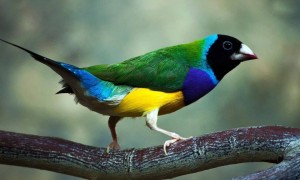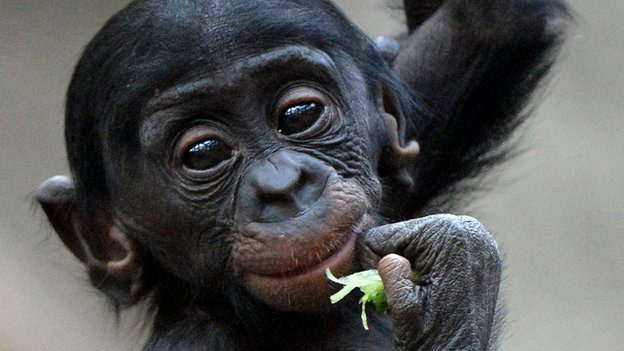
The eating habits of bonobos are important. The small chimps eat plenty of fruits and berries contain seeds. These seeds pass through the digestive system of the apes while they travel long distances through the woods. A few hours later, the seeds are ejected away from the place where they were fruits. So are born new trees.
What happens if there are no monkeys? Scientists have discovered that many tree and plant species in the Democratic Republic of the Congo rely almost completely on bonobos on the distribution of seeds. In the woods where LuiKotale was carried out the study, 18 plant species found themselves unable to reproduce if their seeds are first not consumed by the apes.
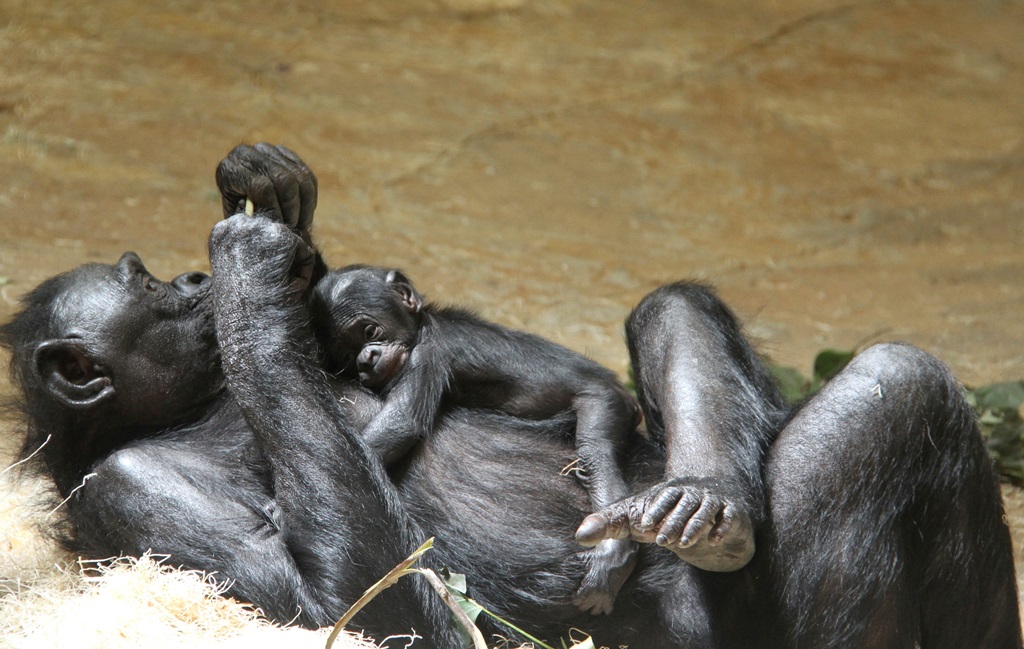
Scientists led by biologist David Byun, have discovered that bonobos play a critical role in the forest. They eat 3.5 hours a day and travel 1.2 miles after eating, which distribute the seeds away. And we’re not talking about a little seed – about 11 seeds pass through the stomach of bonobo to in his life.
Bonobo has two main features here. First, many seeds do not germinate unless they interfere with other species. Stomach acids and digestive processes are weakening the hard outer casing of the seed, and this helps to absorb water and germinate.
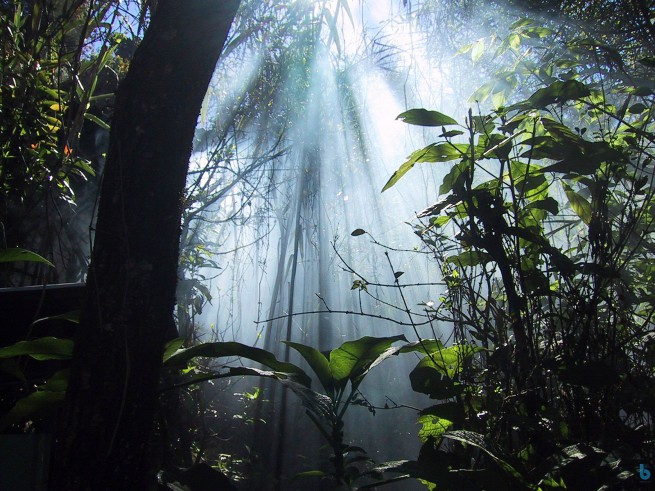
Secondly, many seeds do not germinate in close to their parents. Byun has discovered that the seeds that fall on the ground near parent trees rarely reach maturity because they are steamed from nearby older plants.
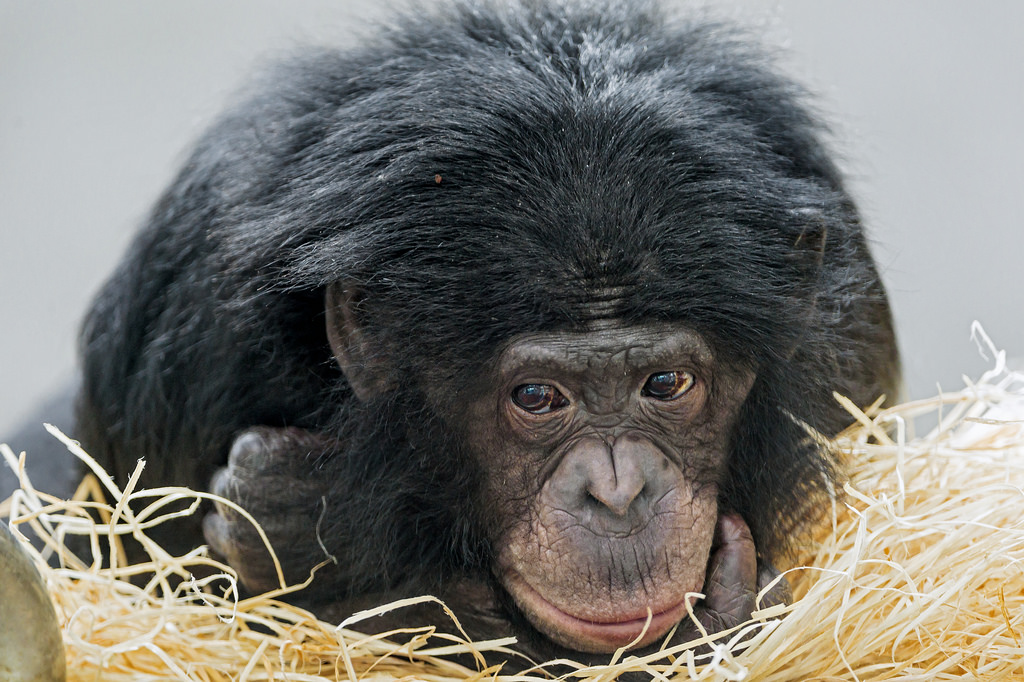
No other animal in the woods has the bonobo habits to ensure dispersion of seeds. Several types of monkeys are fed with the same fruit, but they are not going away from home so much.
Unfortunately, bonobos are faced with the continuing threat of poaching, which today are in danger of extinction in many places. If they disappear, it will be the beginning of cataclysm. Will disappear not only trees but also many other species which rely on trees for food or shelter. This is the so called ”empty forest syndrome”– the forest itself might survive, but its biodiversity will crash totally.

Byun work is focused on specific bonobos in a forest, but it also applies to other species such as chimpanzees, gorillas and gibbons, who also perform similar functions. In his words, the conservation of apes is equal to protecting the forest.

